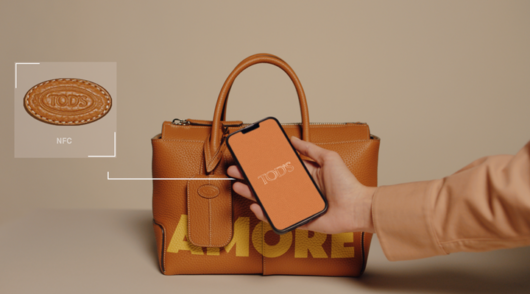Each year, more than 200,000 tonnes of clothing are discarded into Australian landfills, primarily influenced by the fast fashion model, according to a recent study by Professor Alice Payne from RMIT’s School of Fashion & Textiles.
Despite the potential for more than 90 per cent of clothing to be reused or recycled, only 7 per cent is processed for recycling, with an estimated half of household textile waste ending up in landfills.
Funded by the Queensland Government and Kmart Group, the research, Consumer Clothing Use and Disposal Behaviours Study, conducted 10 in-depth interviews with stakeholders across the clothing value chain, followed by a survey of 3080 participants from diverse demographics.
The research found that fast fashion directly impacts disposal decisions, with many consumers viewing inexpensive clothing as disposable. Age is also the most significant factor influencing consumer clothing use and disposal behaviour.
Older Australians tend to maintain a smaller wardrobe, consuming and discarding clothing less frequently. They’re more likely to donate the clothing they’re no longer wearing.
In contrast, younger consumers are likelier to adopt diverse circular practices, such as creative repairs and re-selling clothing. However, they’re also more likely to throw clothing into the bin that could continue to be worn.
“These insights challenge some common assumptions and open up new avenues for targeted interventions across different age groups,” explains Prof Payne.
Further complicating the issue is widespread confusion about responsible disposal methods. About 32 per cent of participants admitted to throwing clothes in general waste, while 24 per cent placed them in home recycling bins.
“To achieve material efficiency and sustainability, clothing should remain used for as long as possible,” said Prof Payne. “Once clothing becomes unwearable, it’s crucial that the materials are redirected toward recycling channels rather than treated as waste.”
Looking ahead, she urged collaboration among industry and government to drive lasting change.
“We hope to use these findings to track Australia’s progress toward a more sustainable circular economy by fostering partnerships. This data will be instrumental in monitoring improvements and identifying areas needing further focus,” she concluded.
Prof Payne will present the research findings at the upcoming Global Sourcing Expo, scheduled for November 19 to 21, at the Melbourne Convention & Exhibition Centre.






